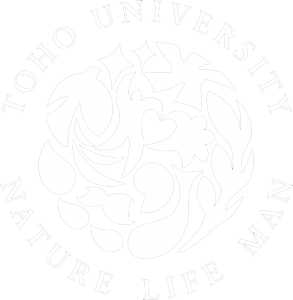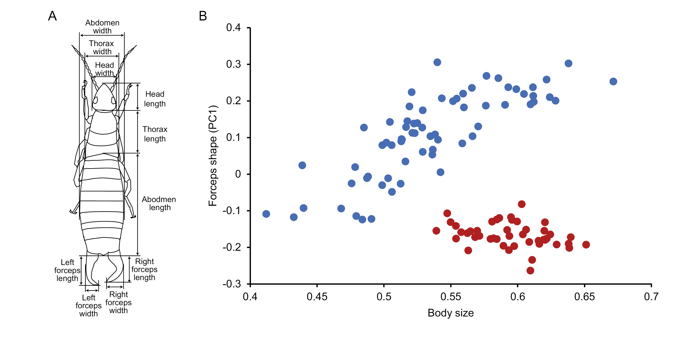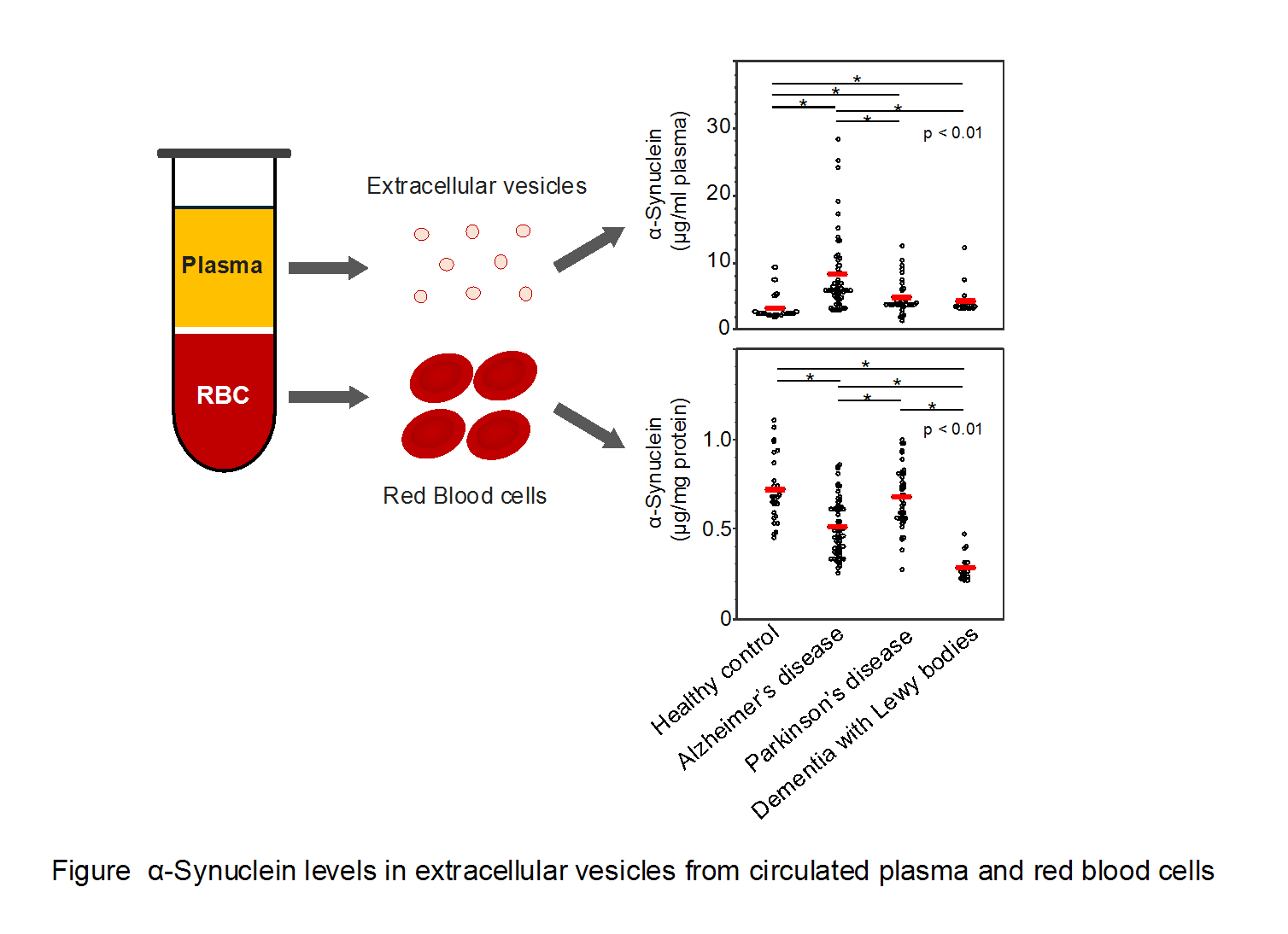November 16, 2023
Identifying molecular basis that creates amniote skull morphological diversity for the first time
The research group led by Associate Professor Masayoshi Tokita (Department of Biology, Faculty of Science) explored the molecular basis generating the diversity of amniote skull morphology, using embryos of several amniote species as materials. The study suggests that the diversity of amniote skull morphology may be brought about by spatiotemporal differences in the expression of three osteogenic genes Msx2, Runx2, and Sp7.The finding provides a basis for understanding how skull morphology has diversified in amniotes, the first vertebrate lineage fully move to land, including human. Furthermore, the finding may provide hints for the development of treatments for congenital diseases that cause abnormalities in human skull morphology.
The finding of this research was reported by the American scientific journal Science Advances on November 15, 2023.
Key Points:
- Amniote skulls have an opening(s) surrounded by bones behind the orbit (temporal region), called the temporal fenestration(s). Amniote skulls are categorized into three conditions: anapsid, synapsid, and diapsid, depending on the number of the temporal arches that boarder ventral side of the temporal fenestrations.
- In this study, the expression patterns of the osteogenic genes Msx2, Runx2, and Sp7 were examined during embryonic skull formation of six reptilian species (three turtle species, two snakes species, and one crocodile species), two avian species, and two mammalian species.
- In the temporal region of reptilian and avian embryos, Msx2 was widely expressed.
- The expression domain of Runx2 was widespread in the temporal region of turtle embryos, whereas in non-turtle reptiles and birds it was restricted to the region excluding the domain where the temporal fenestrations later appear.
- In the temporal region of reptilian and avian embryos, Sp7 was regionally expressed in the area where the bones are later formed. Its expression pattern varied among species.
- In the temporal region of mammalian embryos, Msx2, Runx2, and Sp7 were regionally expressed in the domain where the bones are later formed.
- This study suggests that the diversity of amniote skull morphology may be brought about by spatiotemporal differences in the expression patterns of Msx2, Runx2, and Sp7.

Evolutionary history of temporal skull morphology in Reptilia and developmental insights into cranial diversification.
Simplified phylogeny of the clade Reptilia including fossil (†) and living species. The skull illustration of Enantiornithes is represented by IVPP V12707 (36). Living species analyzed in this study are highlighted by a light blue background. The five temporal dermal bones are shown in distinct colors. Expression domains of Msx2 (blue), Runx2 (magenta), and Sp7 (green) are shown on the embryonic head illustrations of each extant species. Widespread expression of Msx2 is shared in the temporal mesenchyme in all species examined. Runx2 expression is broad in turtles but restricted in other species, likely reflecting anapsid and diapsid skull morphologies. Species-specific Sp7 expression within Msx2– and/or Runx2-positive temporal mesenchyme may contribute to the diversification of cranial morphology. During reptilian evolution, the reappearance of temporal arches, the closure of temporal fenestrations, and the roofing of temporal emarginations by bones have occurred multiple times, resulting in diversification of cranial morphology. This may be triggered by repeated activation of Sp7 in Msx2– and/or Runx2-positive mesenchyme with osteogenic potential.
Simplified phylogeny of the clade Reptilia including fossil (†) and living species. The skull illustration of Enantiornithes is represented by IVPP V12707 (36). Living species analyzed in this study are highlighted by a light blue background. The five temporal dermal bones are shown in distinct colors. Expression domains of Msx2 (blue), Runx2 (magenta), and Sp7 (green) are shown on the embryonic head illustrations of each extant species. Widespread expression of Msx2 is shared in the temporal mesenchyme in all species examined. Runx2 expression is broad in turtles but restricted in other species, likely reflecting anapsid and diapsid skull morphologies. Species-specific Sp7 expression within Msx2– and/or Runx2-positive temporal mesenchyme may contribute to the diversification of cranial morphology. During reptilian evolution, the reappearance of temporal arches, the closure of temporal fenestrations, and the roofing of temporal emarginations by bones have occurred multiple times, resulting in diversification of cranial morphology. This may be triggered by repeated activation of Sp7 in Msx2– and/or Runx2-positive mesenchyme with osteogenic potential.
Journal
Science Advances November 15, 2023 issue
Title
Turtle skull development unveils a molecular basis for amniote cranial diversity
Authors
Hiromu Sato, Noritaka Adachi, Satomi Kondo, Chiyo Kitayama, and Masayoshi Tokita*
DOI No.
10.1126/sciadv.adi6765
Science Advances November 15, 2023 issue
Title
Turtle skull development unveils a molecular basis for amniote cranial diversity
Authors
Hiromu Sato, Noritaka Adachi, Satomi Kondo, Chiyo Kitayama, and Masayoshi Tokita*
DOI No.
10.1126/sciadv.adi6765
READ MORE RESEARCH NEWS - SCIENCE
ACADEMICS
Undergraduate Programs
– Medicine
– Pharmaceutical Sciences
– Science
– Nursing
– Health Science
Graduate Programs
–Medicine
–Pharmaceutical Sciences
–Science
–Nursing
Undergraduate Programs
– Medicine
– Pharmaceutical Sciences
– Science
– Nursing
– Health Science
Graduate Programs
–Medicine
–Pharmaceutical Sciences
–Science
–Nursing
RESEARCH
– News
– Guidelines & Policies
– Support Offices
– Facilities
– Security Export Control
Non-Degree Programs
– Clinical Elective Program
– International Physician Observership Program




